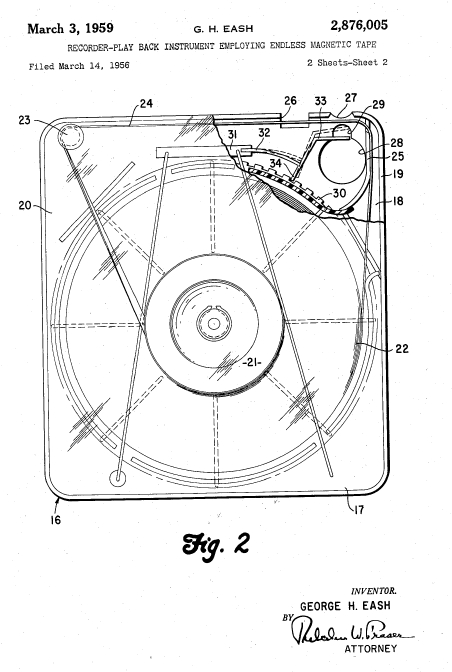- Joined
- Jul 8, 2010
- Messages
- 509
These Were the Carts of Our Lives - A History of the Broadcast Cart
Feel free to read this article at 7.5 inches per second
From Radio World: https://www.radioworld.com/columns-and-views/roots-of-radio/these-were-the-carts-of-our-lives

I hope none of the sarcasm-intolerant find this to be controversial or political...
Feel free to read this article at 7.5 inches per second
From Radio World: https://www.radioworld.com/columns-and-views/roots-of-radio/these-were-the-carts-of-our-lives
For nearly 30 years, audio tape carts were essential to radio station operation, first for spots and later for music. Their initial development is a fascinating story with many loops, er, twists and turns. In the early 1950s, George Eash of Toledo, Ohio, experimented with loops of tape in a bin and a device to apply graphite to the back of the tape to lubricate it as the tape slid on itself during playback. He was granted several patents for his inventions and initially was dismissive of new back-lubricated tape from Minnesota Mining and Manufacturing and Reeves-Soundcraft. However he quickly changed his mind. His patent for a cart shell to hold the tape loop would become the standard. A Chicago company was licensed to manufacture the cartridges using the Fidelipac name. Several manufacturing companies followed.

I hope none of the sarcasm-intolerant find this to be controversial or political...
Last edited:


